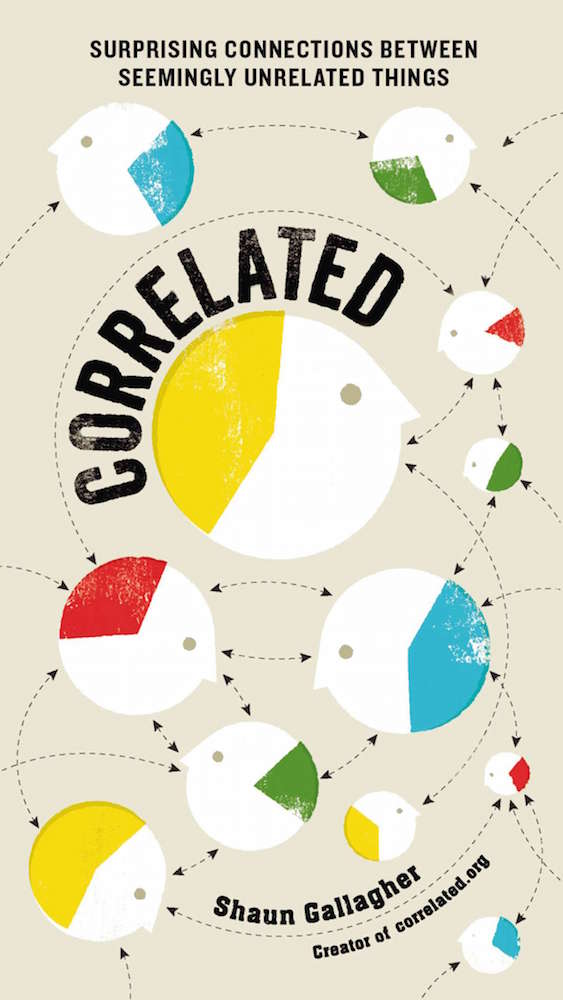When students return to in-person classes, will remote attendance remain an option?

Until my company closed its offices and went 100% remote as part of the coronavirus restrictions, I had spent eight years as a remote worker on an engineering team where most people, on most days, worked in the office.
Because of that, any meeting or project that required both remote and in-office workers to participate involved videoconferencing.
In the beginning, there were some roadbumps. Sometimes an impromptu meeting was convened and the organizer forgot to notify the remote workers. Sometimes there were challenges with the audio in a conference room with insufficiently powerful microphones.
But little by little, we fine-tuned things, and eventually it become fairly effortless to operate as a hybrid team, with some workers present in meatspace and others in cyberspace.
Hybrid classrooms
As schools scramble to determine how to manage the 2020-2021 school year under the continued threat of coronavirus outbreaks and restrictions, one possible strategy is to permit students who aren't able to be in the classroom to join the class by videoconference.
Schools' hands may be forced if restrictions continue that limit building occupancy. For instance, suppose a school's normal enrollment is 800 students, but government restrictions require that at most 400 students may be present in the building at any given time. Schools may have to come up with an attendance scheme that allows half the students to attend class in person and the other half remotely, either by alternating at-home days or by using some more sophisticated method of assignment.
But even if government restrictions are lifted, it may be the case that families of immunocompromised students or others concerned about virus transmission will not be comfortable sending their kids back in person. Or students may be asked to self-quarantine after potential exposure. Or perhaps a student is sufficiently recovered from an injury or illness that they're capable of attending classes, but not recovered enough to be able to attend school in-person.
In all of these cases, being able to join an in-person class by Zoom or other videoconferencing solution seems like a good practice to carry on, even after the coronavirus lockdown is lifted.
Days off remain
I'm not arguing for an end to sick days. In fact, I've heard some persuasive arguments about the benefits of mental-health days and personal days for students, in addition to traditional sick days.
So let's be clear: If a child is under the weather, they should certainly step away from schoolwork — both in person and virtually — until they're feeling better. The point of remote attendance options isn't to force sick kids to still attend school; it's to permit healthy kids to attend school when there is a valid reason why they can't be there in person.
Granted, there are downsides to remote attendance, particularly when it comes to younger students and students from low-income families, and I don't want to paper over them. In some cases it will be viewed as a least-bad available option, rather than an ideal option.
But hybrid remote/in-office attendance has worked out reasonably well in office settings, and I can see it offering benefits for educational settings not only during the coronavirus crisis but also in the years beyond.



